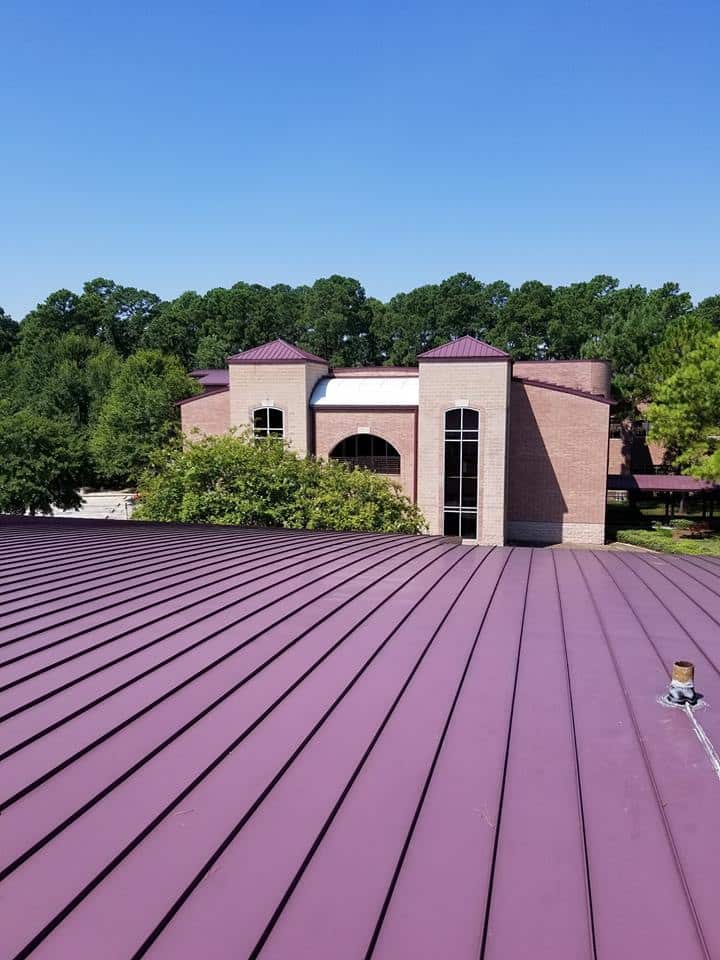Our Guide
Media blasting, also known as abrasive blasting, is an essential technique used across various industries for surface preparation, cleaning, and finishing. Our in-depth guide will provide you with everything you need to know about media blasting, including its applications, types, benefits, and safety precautions. This guide is designed to help professionals and enthusiasts achieve the best results using media blasting techniques.
Understanding Media Blasting
What is Media Blasting?
Media blasting involves propelling abrasive materials (media) at high speeds against a surface to clean, shape, or smooth it. This process is widely used in automotive, construction, manufacturing, and restoration industries to remove paint, rust, contaminants, and other surface impurities.
Types of Media Used in Blasting
Different media types are used in blasting, each suited for specific applications. Common media include:
- Glass Beads: Ideal for a smooth, satin finish without damaging the substrate.
- Aluminum Oxide: Highly effective for aggressive cleaning and surface preparation.
- Silicon Carbide: Used for cutting hard surfaces quickly.
- Steel Grit: Best for removing paint and rust from metal surfaces.
- Walnut Shells: Perfect for delicate surfaces that require gentle cleaning.
Applications of Media Blasting
Automotive Industry
In the automotive industry, media blasting is essential for restoring old vehicles, removing paint, and preparing surfaces for new coatings. It ensures a clean, smooth surface that enhances paint adhesion and finish quality.
Construction and Restoration
Media blasting is used to clean and restore buildings, bridges, and other structures. It removes graffiti, dirt, and pollutants, preserving the structural integrity and appearance of historical and contemporary buildings.
Manufacturing
Manufacturers use media blasting to clean and finish metal parts, ensuring they meet the required specifications. It is also used for deburring, surface texturing, and preparing parts for welding or coating.
Benefits of Media Blasting
Efficient Cleaning
Media blasting efficiently removes contaminants, rust, and old coatings, saving time and labor compared to manual cleaning methods. It can clean hard-to-reach areas and intricate surfaces with ease.
Surface Preparation
Proper surface preparation is crucial for achieving durable finishes. Media blasting creates a clean, roughened surface that enhances the adhesion of paints, coatings, and adhesives.
Versatility
Media blasting is versatile and can be used on various materials, including metal, wood, concrete, and plastic. Different media and techniques can be tailored to specific applications and surface requirements.
Eco-Friendly Options
Some media, such as walnut shells and recycled glass, are environmentally friendly and biodegradable. These options reduce the environmental impact of blasting operations.
Safety Precautions in Media Blasting
Personal Protective Equipment (PPE)
Operators must wear appropriate PPE, including:
- Respirators to protect against inhaling dust and particles.
- Eye protection such as safety goggles or face shields.
- Protective clothing, gloves, and footwear to prevent skin exposure.
Ventilation and Dust Control
Adequate ventilation is essential to manage dust and airborne particles. Dust collection systems and proper enclosure of the blasting area help maintain a safe working environment.
Equipment Maintenance
Regular maintenance of blasting equipment ensures safe and efficient operation. Inspect hoses, nozzles, and other components for wear and damage, and replace them as needed.
Training and Certification
Operators should be trained and certified in media blasting techniques and safety protocols. Proper training minimizes the risk of accidents and ensures high-quality results.
Advanced Techniques and Innovations
Wet Blasting
Wet blasting combines water with abrasive media, reducing dust and providing a smoother finish. It is ideal for applications where dust control is a concern and where a more polished surface is desired.
Automated Blasting Systems
Automated blasting systems improve efficiency and consistency in large-scale operations. These systems use robotic arms or conveyors to move parts through the blasting process, ensuring uniform coverage and reducing manual labor.
Surface Profiling and Inspection
Advanced surface profiling techniques, such as profilometry, measure the roughness and texture of blasted surfaces. This ensures that the surface meets the required specifications for coating adhesion and performance. Media blasting is a versatile and effective technique for surface preparation, cleaning, and finishing across various industries. By understanding the different types of media, applications, benefits, and safety precautions, professionals can achieve optimal results in their projects. Embracing advanced techniques and innovations further enhances the efficiency and quality of media blasting operations
 Introduction to
Introduction to 
